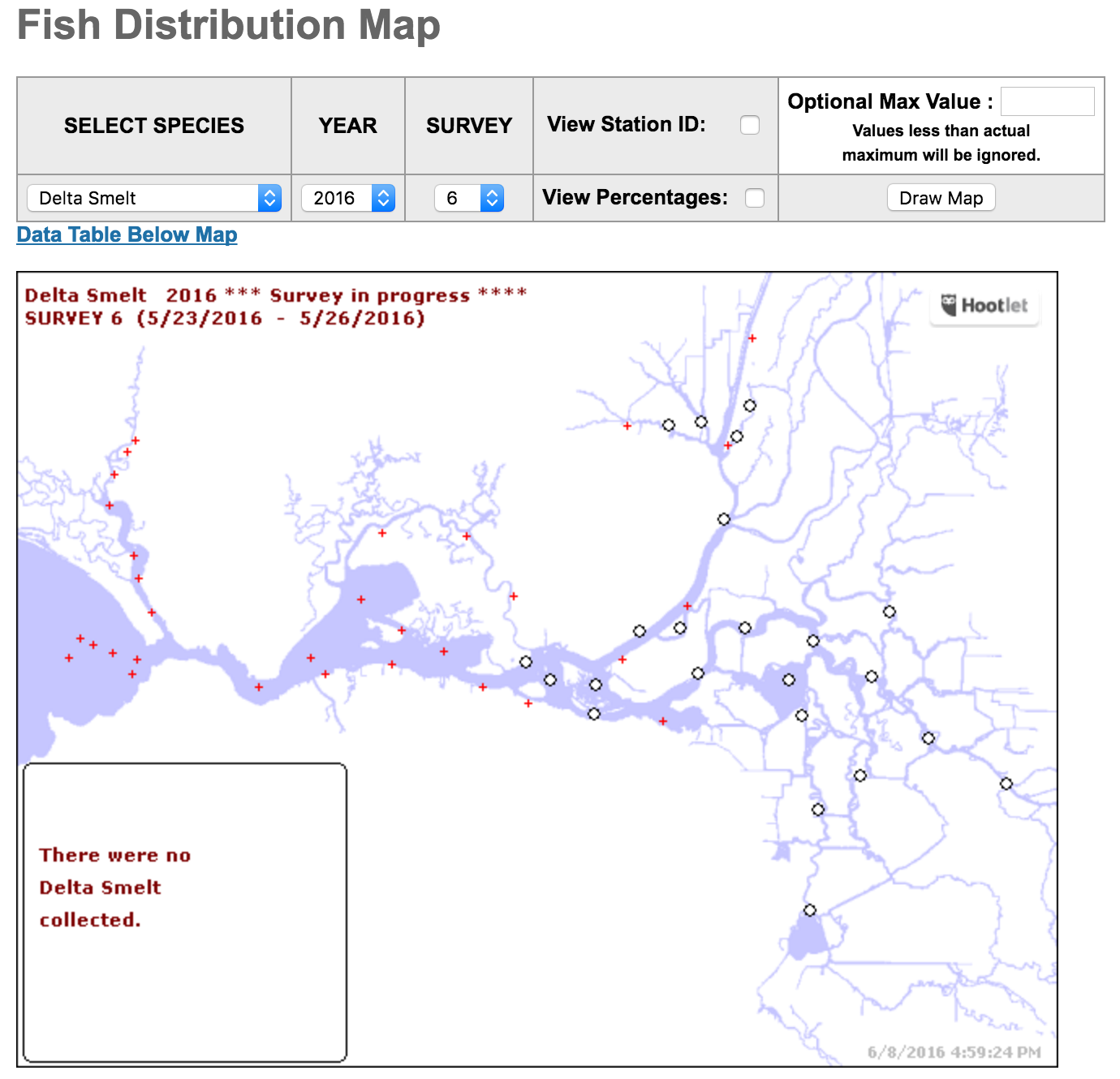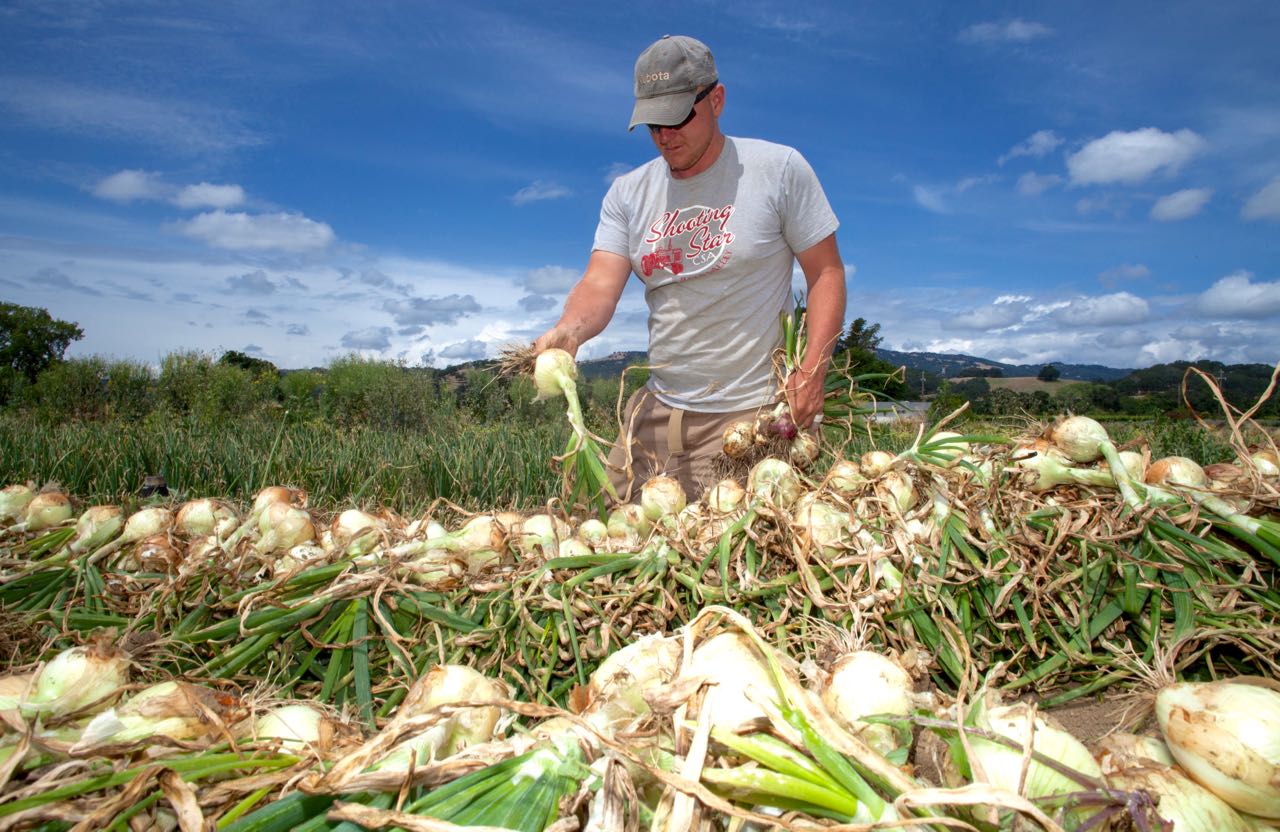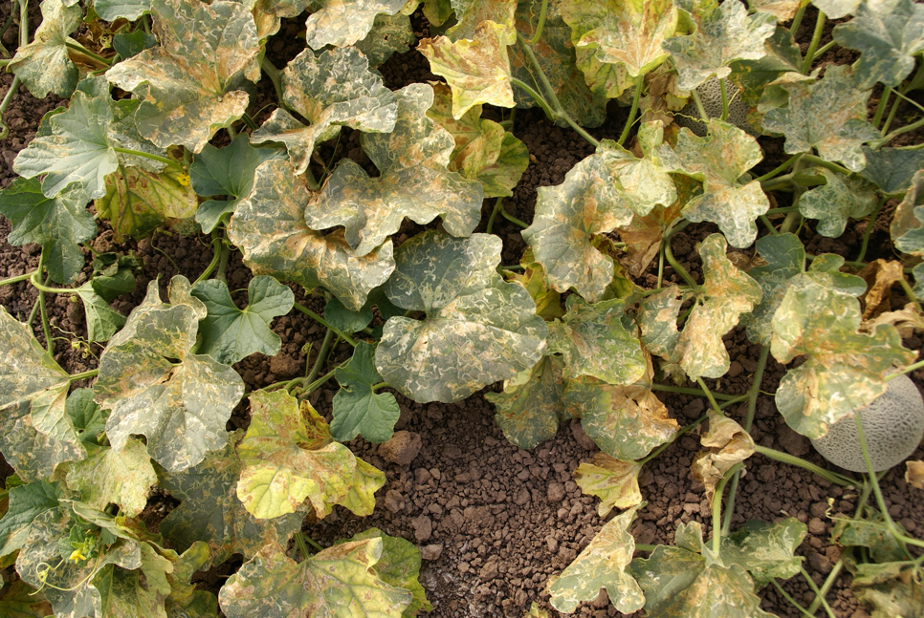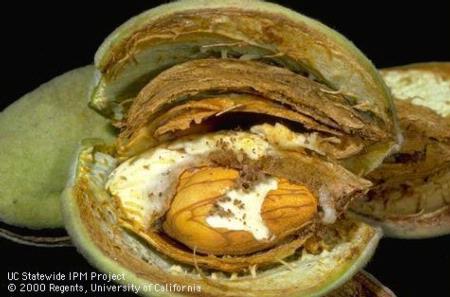Patience on Irrigating Almonds
When To Start Irrigating Almonds
By Tim Hammerich, with the AgInfo Network
When to start the irrigation on those almond orchards? Most growers want to get out there early to get the trees the water they need and to apply nitrogen through fertigation. However, there are risks associated with starting irrigation too early. This according to Dave Doll, who spent 10 years as a UC Farm Advisor in Madera County and is currently managing a farming operation in Portugal.
“The risks you have about starting the irrigation season too early is that you apply too much water that reduces the amount of oxygen within the root zone that depletes the ability for the tree to develop feeder roots or find feeder roots, which help with nutrient and water uptake,” said Doll. “So as such, what we would recommend and what still is a recommendation from my perspective and what we’re doing on an operation here, is to evaluate these trees for water demand in the spring before we start our application.”
“And this can be done through the use of a pressure chamber, which measures stem water potential, or even watching soil moisture probes to make sure that you’re getting a depletion in your top two feet of in soil moisture before you start applying in irrigation,” noted Doll.” And this in essence, will help you have better water management or more resiliency in your water management as a tree continues to grow and the temperatures pick up.”


















